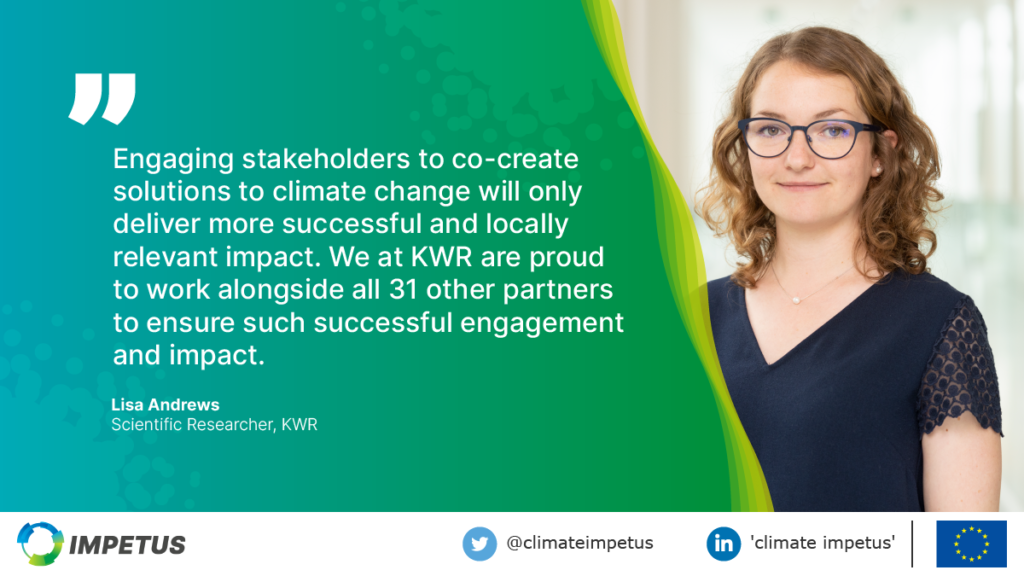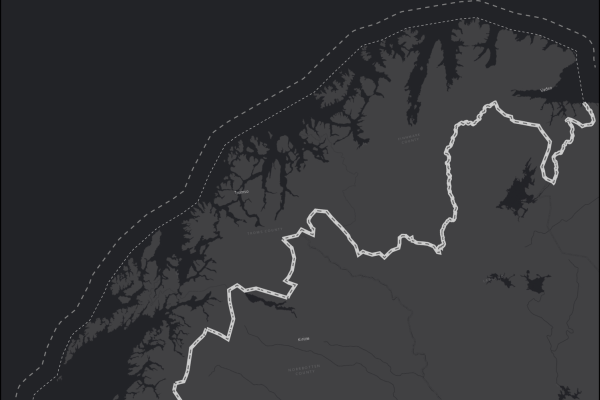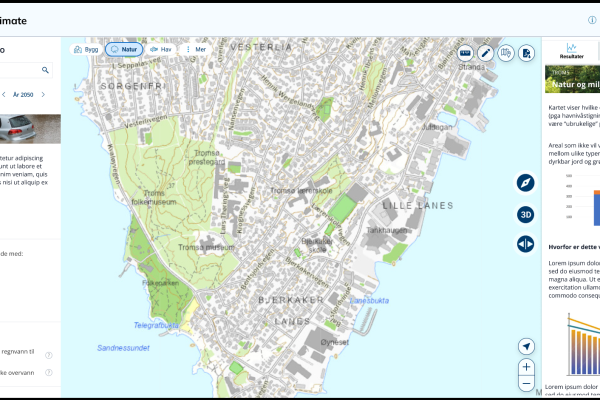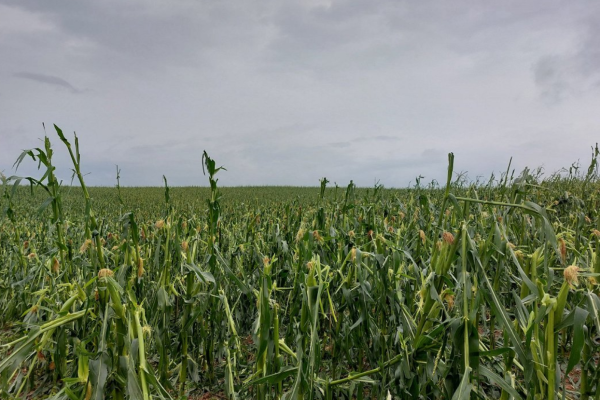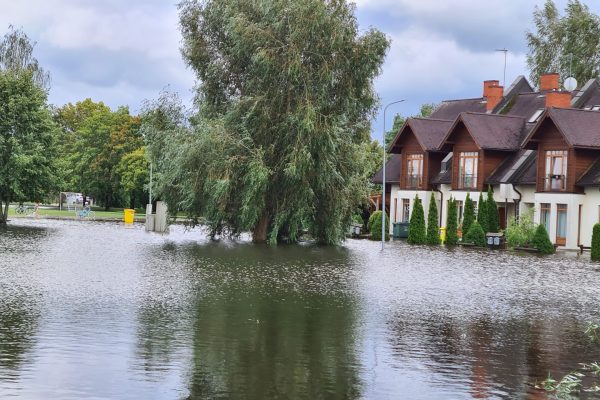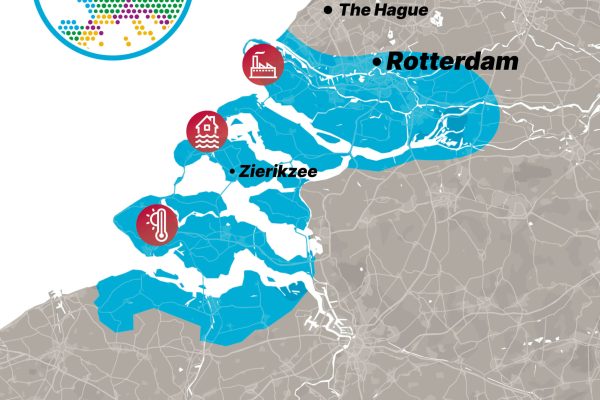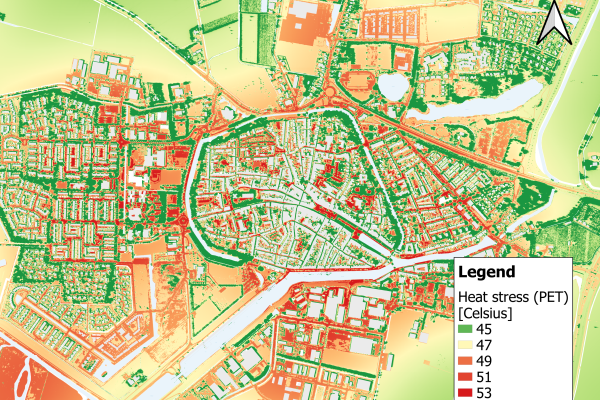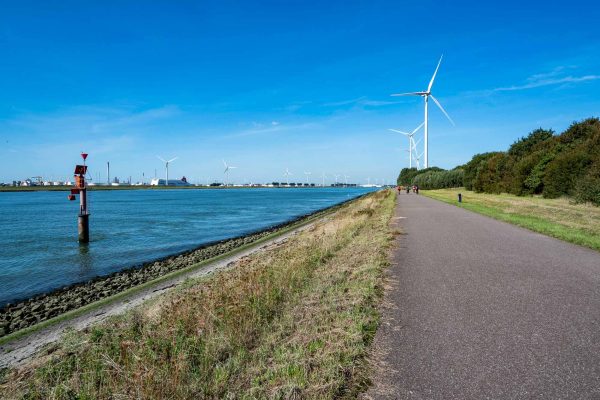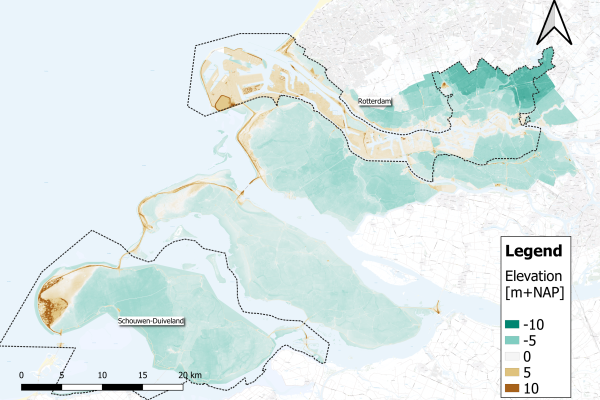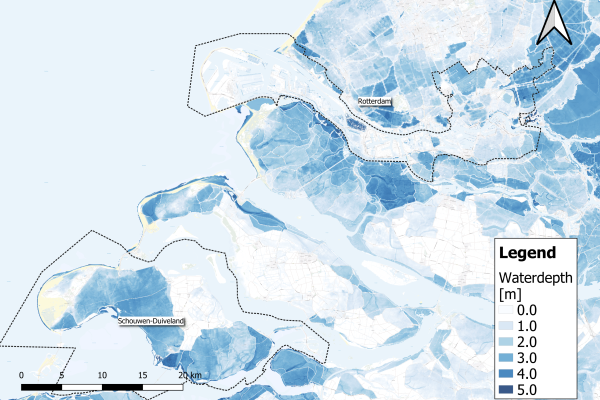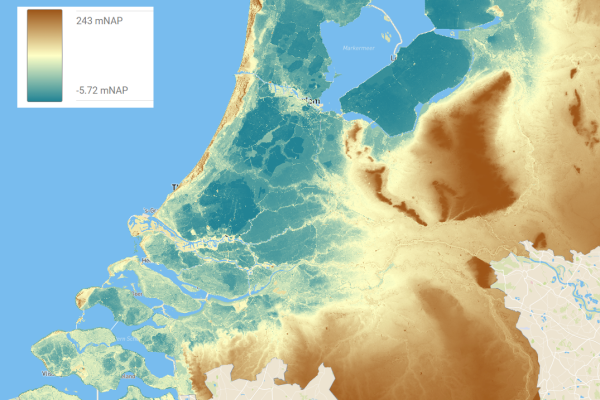The challenges arising from climate change are as diverse and complex as the communities, businesses and individuals affected. Successful adaptation relies upon involving society in decision making and ensuring their buy-in for any planned interventions. Engaging with stakeholders across science and society in an effective way is therefore a vital key to achieving climate adaptation ambitions. This is why many European and international projects are now required to build stakeholder or citizen engagement into their activities. The European-Union-funded IMPETUS project is supporting Europe’s ambition to become a climate-change resilient society by 2050. Its stakeholder engagement approach is a significant part of the work and is already proving useful in the project’s 7 regional demonstration sites.
Lisa Andrews is a scientific researcher with Netherlands-based water research institute KWR, which is leading the project’s stakeholder engagement activities. She specialises in stakeholder engagement and collaboration in projects and programmes and hopes that the IMPETUS approach could be adopted by other initiatives.
With project colleagues, Lisa has led the development, implementation and assessment of the approach to effectively identify, engage with, monitor and evaluate interactions with regional stakeholders. This is also closely related to the focus of her PhD research. “We built this novel stakeholder engagement approach for the IMPETUS project based on our previous experiences in other European projects, as well as interesting approaches we had seen in other initiatives, and based on our knowledge and research within KWR,” Lisa explains. “It may not be perfect,” she says, but the approach is helping the transdisciplinary teams from the IMPETUS demo sites to successfully navigate the often unfamiliar territory of stakeholder engagement.
"When the project began in 2021, we started from scratch. Now in 2023 the demo site teams have identified almost 1100 stakeholder organisations and individuals who have direct or indirect interests or expertise in the different sectors affected by the local climate change challenges and the many solutions the demo sites are testing."
Lisa Andrews, KWR Researcher and PhD candidate at Utrecht University, IMPETUS project
Balance and joined-up thinking
These stakeholders represent a balanced mix from across the ‘quintuple helix’: public authorities, industry, academia, citizens and media. Engaging with a variety of stakeholders in each region allows the teams to work with them to identify specific challenges, co-create knowledge, generate ideas, validate data and tools, and co-design the projects’ core output – Resilience Knowledge Boosters (RKBs). These RKBs will combine locally relevant digital tools and scientific data with user-friendly interfaces plus coordinated human interactions to exchange knowledge, inspire commitment and make decisions about the best local responses to climate change.
A key factor is a ‘joined-up’ approach between the project teams responsible for planning and executing stakeholder engagement and the project’s communication and dissemination activities. After all, these support visibility of the project and its engagement efforts at local, regional and international levels.
So what does the IMPETUS stakeholder engagement approach consist of? There are 4 main steps – to identify, analyse, and engage with stakeholders and to monitor and evaluate the process, results and lessons learned.

Understanding stakeholders, context and bias
The basis for stakeholder identification was for each demo site to create a ‘theory of change’ (ToC) model. This produced visual overview that concisely summarised how the site’s specific activities support the project goals and the practical steps to achieve them, all with an understanding of the regional context. This encompassed identifying the stakeholders required to make each step possible, or who might be affected by the goals or processes. By asking the demo site teams to reflect on these questions in the project’s early days, they became more thoroughly acquainted with the project and demo site goals, the local context and stakeholders, each specific solution they are working on, and they inspected and challenged their assumptions.
To help identify any gaps in representation of stakeholders across the quintuple helix, the teams used a ‘. In their first round of outreach, they informed the known stakeholders about IMPETUS and asked if they knew of any additional stakeholders the project should contact. A survey included the same question, to suggest additional stakeholders the demo sites may have missed, helping the stakeholder ‘snowball’ to grow. This helped fill any gaps and reduce any potential for bias. Stakeholders were also identified with the aim to balance gender, age, ethnicity and economic status.
Initial survey
The stakeholder survey was created and promoted in all the project’s local languages. “At the time, we successfully contacted over 850 people around Europe, shared the survey via social media and press releases, and got answers from approximately 400 people,” Lisa recalls. Since then, the demo site teams have continued to develop their network of stakeholder contacts through meetings, workshops and research interviews to reach the more than 1100 engaged to date.
The survey also provided answers about what respondents wanted from their IMPETUS demo sites or their regional authorities. This helped Lisa and the wider team to understand the climate change and adaptation situation on the ground in each of the 7 project regions – and to kick-start the stakeholder analysis process.
Stakeholder analysis
In this next step, the demo site teams were asked to reflect on the power, urgency and legitimacy of each of the identified stakeholders in the climate change adaptation context, and on their own perceptions. These questions were also asked in the survey, so stakeholders could evaluate themselves. The analysis helped reveal the motivations and values of the stakeholders. This in turn encouraged the demo site teams to think about how they might best design local and regional activities to engage with stakeholders in ways that would suit their needs and that would reduce any potential conflict or power imbalances.
Convergence of planning and tools
Based on their ToC and stakeholder analysis, each demo site team then planned what activities to organise to engage with their stakeholders. “The researchers at KWR did not prescribe any specific type of engagement activity” Lisa explains. “Rather, we suggested many options, such as webinars, livestreams, workshops, demonstration events, etc. So the demo site teams could really engage stakeholders in the best way they saw fit for their context.”
This is where the local-level stakeholder engagement and communications planning really started to converge. The project’s communications team, led by Germany-based science communication company ESCI, worked closely with Lisa and her colleagues to help the demo site teams to understand different communications methods that could support their objectives. By combining all the planning in a single timeline, each demo site team created a ‘stakeholder engagement roadmap’, which is also closely linked to specific elements and steps in their theory of change.
Because the climate change challenges, profile of corresponding solutions, goals and stakeholders are different for each regional demo site, their roadmaps and activities are naturally very different. So in practice, some IMPETUS demo site teams decided that local-language newsletters and workshops were a priority, while others hold public forums or special ‘decision theatre’ events to engage with their stakeholders.
Monitoring and evaluation
The last step in the process is to monitor and evaluate the activities and results. For this, KWR and ESCI developed forms for the demo site teams to distribute after each engagement activity. In this way, the project is gathering feedback to support effective implementation and learning about the engagement work. There is also a form for the demo site teams to give feedback about their overall engagement process and their progress towards achieving the goals set out in their theory of change overviews.
Each of the tools devised to support engagement and related communications activities have been connected in a simple workflow and explained in guidelines that the demo site teams can follow. Across each of the engagement steps, teams keep the process open, adaptable and flexible.
Lessons learned
“Stakeholder engagement is not a straightforward or linear process,” says Lisa. “Demo site teams are encouraged to continue adapting their ToCs, stakeholder engagement roadmaps and outreach to new stakeholders as the project progresses and evolves. In this way, we ensure that the solutions are being co-created with the right stakeholders in the right place at the right time, supporting and synergising climate adaptation locally.”
IMPETUS is proving a useful testing ground for stakeholder engagement actions in practice. The results are contributing to Lisa’s PhD research, which seeks to understand how processes that involve people – often relatively unseen or seen as unimportant in national and international projects – can in fact enable greater impact.
The final outputs of Lisa’s study are a couple of years away, but in the meantime, the lessons learned are being shared with other European projects funded in the Green Deal, through group collaborations. The messages are reaching wider audiences too – for example via conferences such as the 17 July webinar ‘Developing Systemic Climate Solutions through Multi Stakeholder Approaches’, organised by project partner SDSN Europe alongside the United Nations High-Level Political Forum on Sustainable Development.
Find out more
The IMPETUS stakeholder engagement processes, methods and results to date have been captured in project reports. To be published soon, anyone is welcome to read these or to contact the IMPETUS team.
"If you’re looking for a method to engage with project stakeholders – for any kind of project – and want to use or adapt the IMPETUS approach, please reach out to us. We are also curious to learn from other practitioners and improve our approaches!"
Lisa Andrews, KWR Researcher and PhD candidate at Utrecht University, IMPETUS project
